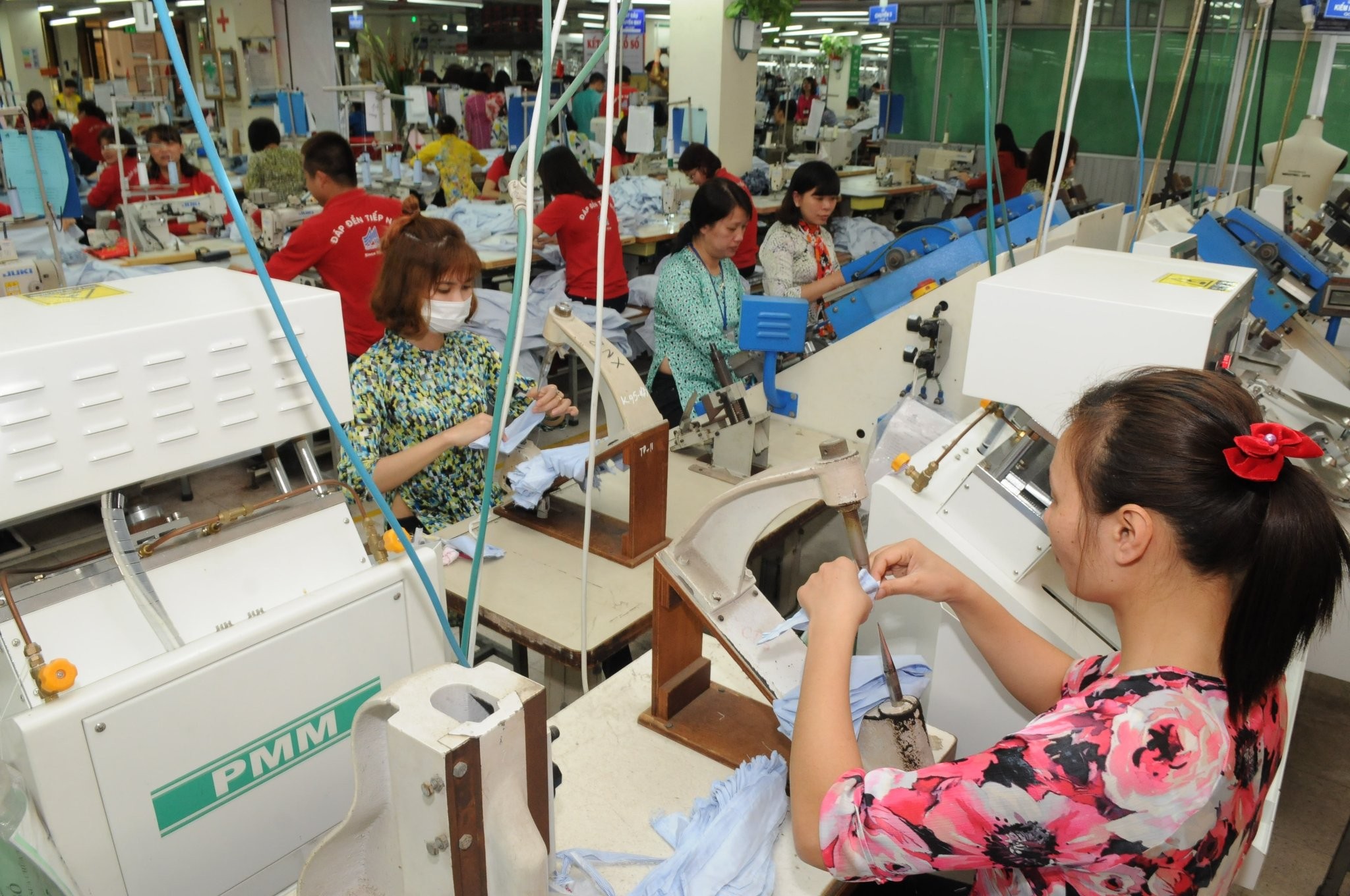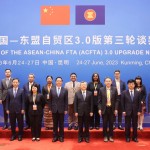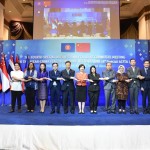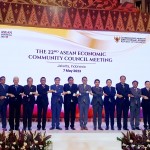Tổng số bài đăng 438.
RCEP has 15 participating countries: 10 ASEAN member states and China, Japan, South Korea, Australia and New Zealand. Since then, RCEP will form a new trade structure in the region, creating favorable conditions for countries to develop sustainably. The agreement commits to open markets for goods, services and investment. Specifically, simplifying customs procedures, rules of origin facilitate trade between countries in the bloc.
Experts say RCEP is a "huge" trade agreement, representing one of the world's largest free trade blocs. Member countries account for about 30% of gross domestic product, population, and global trade volume. Notably, RCEP serves as an important platform for member countries to expand their markets, attract investment and promote sustainable growth.
According to the Ministry of Industry and Trade, RCEP plays a very important role in Vietnam's economic integration process. In particular, the effective Agreement helps Vietnam receive many benefits because countries participating in RCEP have the need to import Vietnam's strong products such as agricultural products, textiles, footwear, wood products... RCEP creates new growth drivers for international trade and forms new supply chains.
Currently, reports assessing the impact of RCEP all believe that the agreement will bring many positive impacts to the regional economy. Accordingly, by 2030, it will increase the region's income by about 0.6%, equivalent to an annual increase of $ 245 billion and create an additional 2.8 million jobs.

RCEP opens up many opportunities for Vietnam's textile and garment - Photo: Can Dung
For Vietnam, recent studies have shown that Vietnam will benefit greatly from RCEP. Research by the World Bank in 2022 forecasts that Vietnam's GDP will increase by about 4.9% and exports will increase by 11.4% by 2030.
According to the RCEP impact assessment report (by Park et al. in 2021 and by the World Bank (WB) in 2022), RCEP can have a positive impact on the regional economy, with export-oriented countries benefiting more. Recent studies have shown that Vietnam has many opportunities from RCEP, with the World Bank's forecast that in 2022 Vietnam's GDP will increase by about 4.9% and exports will increase by 11.4% by 2030. Meanwhile, rules of origin in RCEP may stimulate the import of intermediate goods into Vietnam, especially from China, creating disadvantages for supporting industry development and supply chain participation of Vietnamese enterprises.
As a member of RCEP, Vietnam has experienced steady growth in imports and exports. In 2022, Vietnam's export turnover reached over 730 billion USD, up 9.1% over the previous year (equivalent to an increase of 61.2 billion USD). Merchandise exports in September 2023 are estimated at $31.41 billion, down 4.1% month-on-month and up 4.6% year-on-year. In the first 9 months of 2023, goods export turnover is estimated at 259.67 billion USD, down 8.2% over the same period last year.
Under RCEP, the Agreement eliminates tariffs on nearly 90% of traded goods and rules of origin valid in all participating countries. This is a great advantage for Vietnamese enterprises with large exports and imports from markets in the bloc.
For example, RCEP will bring many opportunities to Vietnam's textile and garment industry. The markets of RCEP countries bring a large source of raw materials imports for Vietnam's textile and garment industry, so when enterprises expand product exports to member countries, it will be very favorable in the rules of origin of goods.
Ms. Nguyen Thi Thu Trang - Director of the Center for WTO and Integration (VCCI) said: The supply and common source of most products imported into Vietnam comes from the RCEP region and the output of some products is also in this region. When the whole supply chain is located in the same area and has a complete set of origin, it is an advantage for Vietnamese businesses to participate more deeply, more effectively in global supply chains.
According to Trang, the biggest advantage seen directly is the harmonization of rules of origin that can be taken advantage of in RCEP. We must note that there is synergy with RCEP and 14 other FTAs that Vietnam has. So it is an opportunity, a very good motivation for us to attract FDI, which is the strength.
In addition, experts also said that small and medium enterprises (SMEs) in Vietnam will have many opportunities to participate in new supply chains created by RCEP if they fully exploit the benefits brought by the Agreement, especially in the potential investment environment along with the full support of policies, orientation of the Government of Vietnam.
In fact, SMEs, which account for 98% of all enterprises in Vietnam and contribute significantly to Vietnam's trade landscape, will benefit as RCEP offers opportunities to help businesses grow to higher levels in the supply chain. Along with tariff reduction, RCEP also provides customs facilitation measures, lifts trade barriers so that SMEs can expand development space in international markets, and at the same time build a favorable environment for competitive investment, making a significant contribution to the overall growth of the country's foreign trade.
On the part of state management agencies, since the RCEP Agreement came into effect on January 1, 2022, the Ministry of Industry and Trade has coordinated with provinces and cities to raise awareness of state managers in departments, departments, branches, localities, the business community and people. The aim is to exploit the advantages from the agreement and mitigate challenges.












